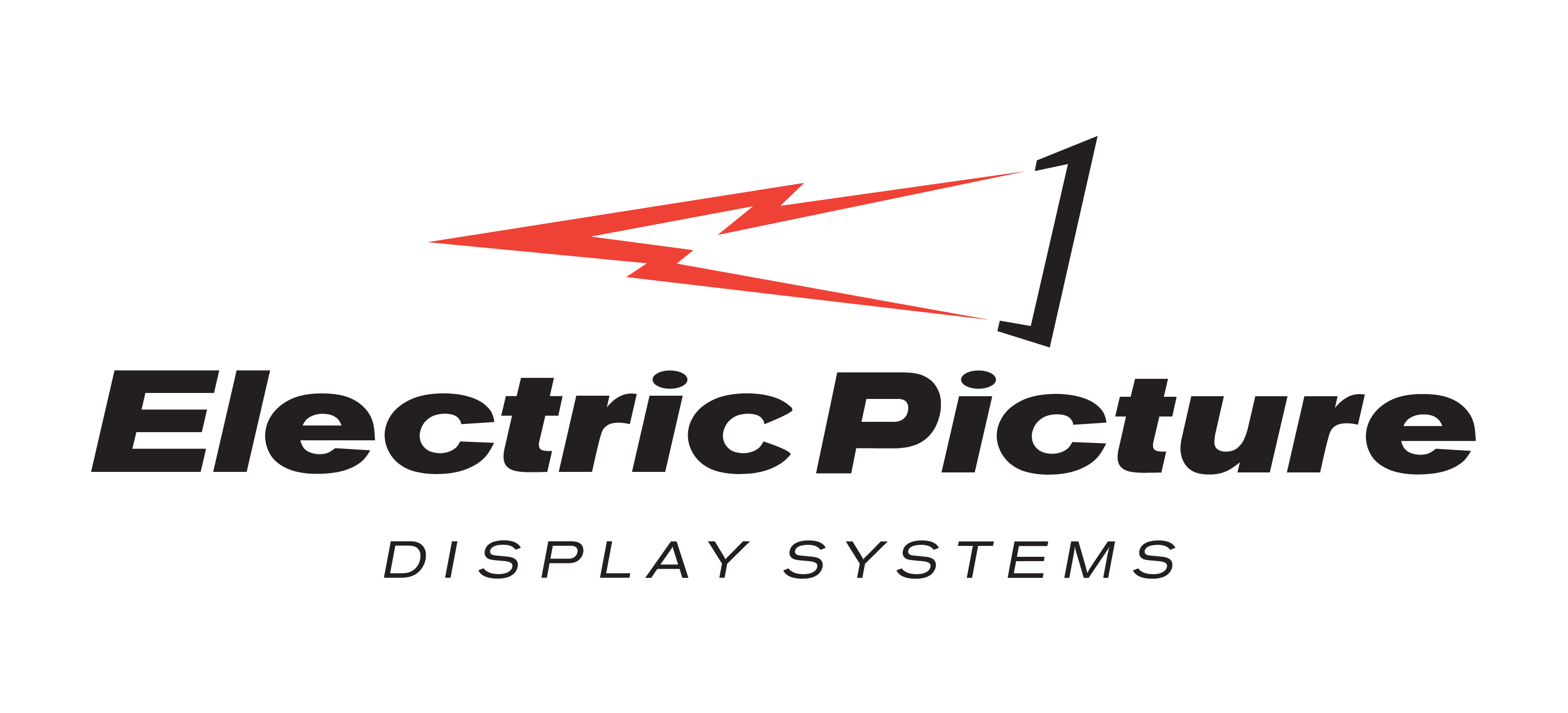by George White 2013 Spacecoast Business

Visionaries at Electric Picture Display Systems in Melbourne are riding the wave of new technology much like the worlds they create for full-scale training simulators.
The company’s rather humble beginnings in 2003 centered on video projection systems, the type later replaced in large part by flat screen technologies, said President R.P. Higgins. Electric Picture Display Systems now operates from its 4,000-square-foot headquarters facility just north of the Pineda Causeway. The facility houses a fabrication workshop, demonstration setups – including a helicopter training simulator, research and development, and company personnel.
“It started in my garage,” said Higgins. “We didn’t have all of these flat screens; at the time we had video projectors. I had come from the video projection industry. The idea was to start my own audio visual services company, and I saw opportunities with things like (flight) simulators.”
From that simple idea, factoring in and reacting to constant advances in video technology, along with the possibilities created by extremely lifelike simulated training environments, Electric Picture Display Systems has evolved into producing things they wouldn’t have dreamed of a decade ago, e.g. the integrated visual displays and projection systems with imagery for training pilots, ship captains and train engineers.
Bringing the Virtual World to Life
Operation Manager Craig Beam demonstrates a simulator for a boat captain to learn the intricacies of the Halifax Harbor, complete with the subtle rocking of the seas, on 20-foot screens in their Melbourne facility. The virtual ship’s console is identical to the real thing and is oriented in the middle of the screens to help create the illusion of water in all directions, except for the virtual bridge, as far as the eye can see.
“It’s nine computers feeding the same 360-degree projection screen,” Beam explained. Added Higgins: “This teaches you how to navigate. When you’re completely surrounded by video, you become immersed in it because if something is still and something’s moving, your eye catches it.”
With such success at sea, on land, and in the air, even more uses for the training technology are being developed, said Higgins. “The cool thing that’s happening now is we’re getting into air traffic control training.”
The company also offers control room displays for 24/7 continuous monitoring where security personnel need to monitor areas and situations; the company designs, engineers, fabricates and installs the state-of-the-art systems. “It’s for utilities or military and it stays up because it needs to monitor 24/7. The monitors and the projection systems were built to go a long time,” Higgins said.
Electric Picture has installed similar systems for Harris Corporation and the City of Lakeland utilities.
Agile, Astute and Adaptable
The other portion of the business involves integrating audio, video, and conferencing equipment in a variety of settings, including collaborative meeting and classroom environments and increasingly large churches that want to drive home the message on large screens in the main sanctuaries, Higgins described. “One of our early systems was at First Baptist Church of Orlando, a 24-foot projection screen which we replaced eight years later,” he said.
Thinking back to the garage days, Higgins recalled the business has taken unexpected turns, but has not strayed far from the initial idea. “My original plan was 50 percent simulation, 25 percent network operations, 25 percent audio visual. Those percentages fluctuate but it is still our core business. Things are growing and we’re getting opportunities some of the big boys aren’t, because we’re giving customers a good value.”



